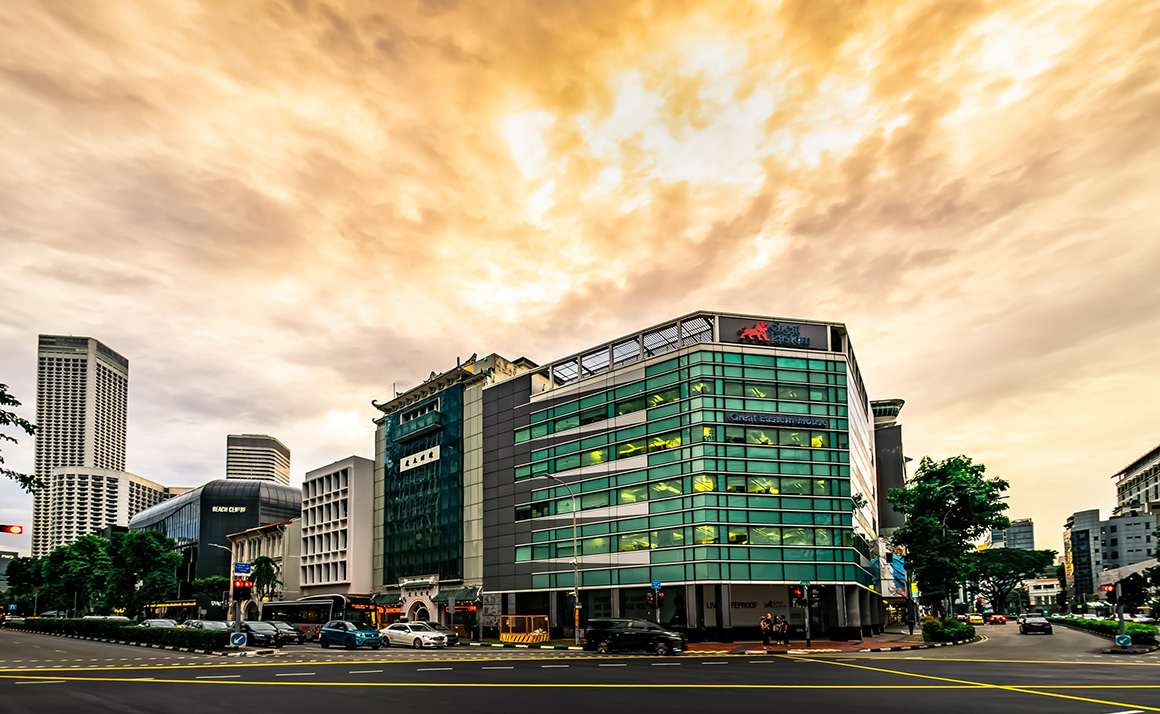
Green building refurbishment on the rise in Singapore
Real estate owners in Singapore embrace sustainability to meet ambitious environmental goals and stay competitive. With 95% of Grade A office stock green-certified and a target for 80% green buildings by 2030, Singapore leads in sustainability.
Real estate owners in Singapore are eyeing sustainability enhancement programmes in order to stay competitive and help the city-state meet its ambitious environmental goals.
The vast majority of new buildings delivered in Singapore have some level of green certification or sustainability features. Savills research shows that 95% of the city’s Grade A office stock is green-certified, using the local Green Mark scheme or international alternatives such as LEED.
The Singapore Green Plan 2030 has set a target for at least 80% of all buildings (by gross floor area) to be certified green by 2030. Green-certified floorspace made up 55% of the total at the end of 2022, according to the Building & Construction Authority.
Such targets make the city a global front-runner for sustainability, but they also put pressure on owners of older and less sustainable assets. Savills research points to a rental premium of around 18% for green office buildings, although with so many Grade A buildings certified, this is effectively also the premium for modern stock.
Chris Marriott, Chief Executive Southeast Asia at Savills, says: “A major concern for owners of less sustainable properties is the potential difficulty of leasing them in the future. Consequently, asset owners are exploring ways to upgrade and enhance.
“In Southeast Asia, with its tropical climate, the majority of energy consumption is attributed to air conditioning. Thus, the sustainability upgrade of buildings demands significant engineering efforts, particularly in revamping air conditioning systems. Most buildings can transition from being ‘brown’ to ‘green’ by primarily focusing on these systems.”
Undertaking a green refurbishment also allows asset owners to take advantage of government grants and discounted bank loans, which means refurbishment works can be more financially efficient than a standard refurbishment project. For example, Singapore’s Green Mark Incentive Scheme for Existing Buildings 2.0 offers financial incentives to landlords seeking Green Mark certification through energy improvement works.
Earlier this year, Savills launched a new Energy and Sustainability Management business in Singapore, to provide bespoke energy and sustainability-related solutions to building owners, occupiers, and real estate investors who are looking to reduce operational costs and their carbon footprint. This new ESM division is serving as the Green Mark consultant for insurer Great Eastern’s office building, Great Eastern House (pictured above).
Marriott emphasizes that enhancing energy efficiency is not merely about creating a longer-term competitive edge, but also offers immediate financial gains to building owners. “Cost-effective buildings are less expensive to run, and this advantage directly improves the net income attributable to the owner,” he says.
“Combine this with higher rents and reduced financing costs, and you can see a significant increase in the value of a building.”
Further reading:
Savills ESM
Contact us:
Chris Marriott



